
by Daniel Doen Silberberg | Sep 21, 2012 | Uncategorized, Zen
Once a student asked Baizhang, “what is the most excellent matter?”
Baizhang said, “Sitting alone on Daxiong Peak”
Suppose someone were to ask me – what is the most excellent matter? I would simply tell him: Giving a Dharma hall discourse on Mount Kichijo. (The location of Master Dogen”s temple)
Dogen’s Extensive Record
For all of us spending our lives scurrying to somewhere. anywhere – Master Dogen provides a pointed short cut.
Madly scurrying
San Francisco squirrels
First day of Autumn
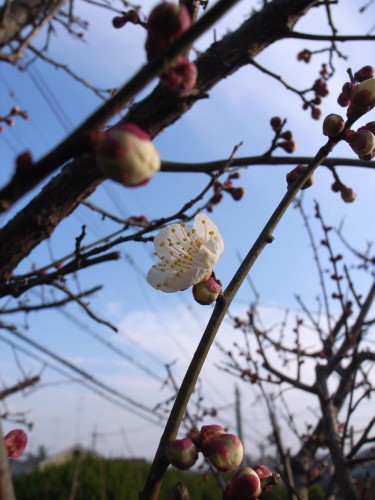
by Daniel Doen Silberberg | Sep 16, 2012 | Uncategorized, Zen

Truly to know plum blossoms
needs your heart
as well as your nose
Ueshima Onitsura (1660-1738)
Needing the heart implies the openness of being the flower, of being one with our reality.
The obstacles to this are what they have always been – Greed, that is the belief that if we get just one more thing…. turns us into hungry dissatisfied ghosts. Anger – the feeling that someone else is to blame, makes us irresponsible victims. And Fear deprives us of our very lives. All of this is what our ancestors called ignorance.
Analytical intelligence is important, but emotional intelligence is the entrance to the world of plum blossoms. The world of our life.
A person of the way sees with their heart and walks in the footsteps of our ancient ancestors.
The plum blossom stands alone, shining, serene. It fills the universe. Another name for it is Heart. The best name for it is your name.
The person of the way is not swayed. They are intimate with the Tao, sometimes known as the heart.
Please practice. Do not falter.
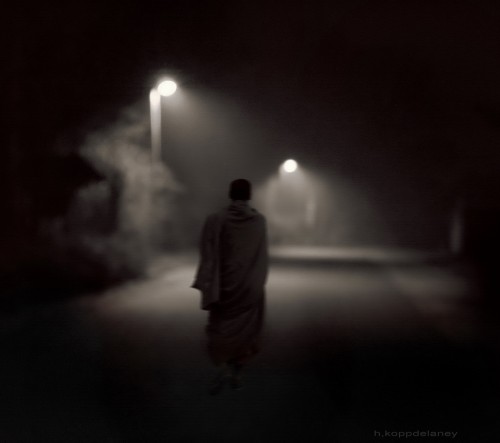
by Daniel Doen Silberberg | Sep 1, 2012 | Uncategorized, Zen

When you sit, sit
When you stand, stand
Above all don’t wobble.
This old Zen saying contains enough nourishment to last a lifetime.
So will we just talk the talk
or really walk the walk?

by Daniel Doen Silberberg | Aug 19, 2012 | Uncategorized, Zen

Looking back over these seventy years and more
The human world of good-and-bad
completely dissolves before my gaze
A late-night snowfall blurs
the footsteps of the last passerby
I light a stick of incense
and sit and meditate beside my old window
Ryokan
How many years I spent parting the wild grasses
to penetrate the inmost depths
Then suddenly I understood my teacher
and came back to my native place
You go there and come back again
Yet everything remains the same
Cloud’s covering the mountain summit
Streams flowing by your feet
Ryokan
Trying to change into someone or something else
is unnecessary
Changing into oneself
Is practicing the true Way
Looking for meaning misses the mark
Finding the world of non-meaning
Is attaining the true Way
Doen

by Daniel Doen Silberberg | Aug 4, 2012 | Uncategorized, Zen

Our practice is about seeing things as they really are. Seeing reality. Seeing things as they really are is true intelligence. This seeing includes our view of ourselves, our world and the relationship between them. By removing the blinders of emotional and intellectual conditioning we can gradually see reality clearly, that is, just as it is. So we can say that Lost Coins’ practice is the practice of reality.
In order to look at this practice of reality in a systematic way, we can divide it into three basic aspects: the spiritual, the psychological and the scientific.
The spiritual aspect comes from seeing the depths of who we really are and the wonder of knowing that like infinity, it is ultimately unknowable.
The psychological aspect consists of developing objectivity, seeing our mechanical conditioning and in congress with the spiritual, freeing ourselves from introjected patterns which stem from ignorance, habit or negative emotion.
The third aspect is scientific, like physics or behaviorism. It is the study of the cause and effect of our actions. The study needs to be accurate. It took a long time for people to understand that no matter how many rams, cows or first born they slayed it did not deter the plague or famine.
Real intelligence is both intellectual and emotional. When our practice develops, both clarity and empathy evolve. Fear recedes.
It is my sincere belief that in practicing with these understandings, Lost Coin can create a culture of practice that is appropriate to this time and place and the emerging intelligence that is the future.
Ready?
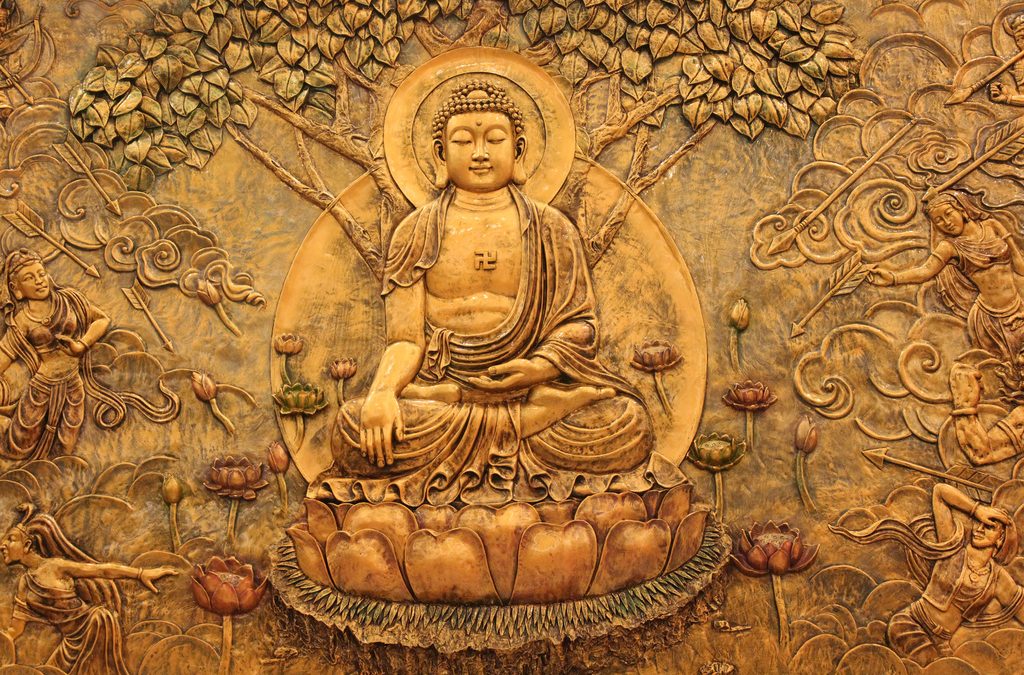
by Daniel Doen Silberberg | Jul 21, 2012 | Zen

From Maezumi Roshi’s commentary on the Fukanzazengi, Eihei Dogen’s instruction on sitting and practice:
The point of our practice is not to become something other than what we already are, such as a buddha or an enlightened person, but to realize or become aware of the fact that we are, intrinsically, originally the Way itself, free and complete. If we practice to become something else, we simply put another head on top of our own, making ourselves ghosts, One head is enough!
Thirty years ago I was fortunate enough to receive Jukai from my root teacher, Maezumi Roshi. I hope he would not consider it rude if I were to add a line.
One head is more than enough!
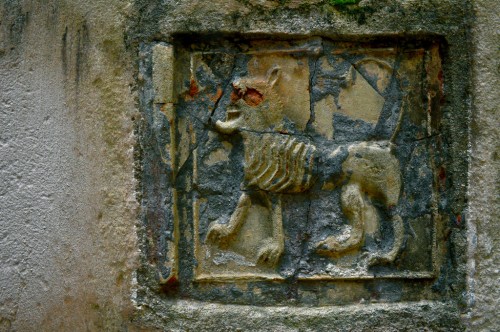
by Daniel Doen Silberberg | Jul 7, 2012 | Zen
.
Our practice of the Dharma includes intellectual understanding and transcends it. A way of understanding our practice is that we cultivate increasingly clear and harmonious “states of being”. All sentient beings down to the smallest grasshopper seek happiness and avoid suffering if they can. This, too, is our practice. In this way, we can say that all sentient beings are seeking realization.
” States of being” have been mapped in many ways. Examples of maps are the Tibetan Buddhist Bardos , Maslow’s Hierarchy of Needs and Zen’s Oxherding pictures. We practice the cultivation of states that include less suffering and confusion and more happiness, equanimity and clarity. The movement is toward Buddha nature – awakening, the true self, liberation.
In order to structure our practice, Lost Coin has a curriculum which includes Mechanics, Training and Realization. Each has subcategories.
Mechanics is the study of our conditioned mechanical nature and the practices that liberate us from these limitations. We use zazen, self-observation, self-remembering, teisho, daisan, the study of states, discussion, discursive teaching, academic study, etc.
Training is the implementation of these practices with the teacher, the sangha and through the lineage. It includes the cultivation of integrity, discriminating intelligence and compassion. A combination of valuable ancient methods both spiritual and psychological are combined with modern methods that would be used to train an athlete, a scientist, an artist – anyone in serious training.
Realization is the heart of the practice: waking up to our true nature and limitless potential.
Whatever the external circumstances are: we are not victims of anything. The means toward happiness and personal evolution are ours if we want and use them.
There is really no hurry and there is no time to lose

by Daniel Doen Silberberg | Jun 29, 2012 | Zen

In the Diamond Sutra the Buddha dismantles the world view of his followers. He pulls the rug out from one concept after another. With the sword of wisdom he cuts and cuts. And still it is very difficult to cut away our own beliefs – the thoughts we replay again and again. If it was a movie we would have walked out a long time ago, but our thoughts and our beliefs are seductive. So, we know all about the world and how it works- we know all about ourselves and others but really all this knowing is just manure. Manure spread on the clean and beautiful snow of reality.
So practice is cleaning what is already clean. But this takes great faith and intention. Which one of us has the drive and courage to sincerely put our faith in the Way.

by Daniel Doen Silberberg | Jun 16, 2012 | Zen
In Carlos Castenada’s encounters with his teacher Don Juan, Don Juan tells him that a warrior (adept) who trusts his personal power is always impeccable. If you harness and trust your own spirit it doesn’t matter if you win or lose, accomplish or do not. What matters is being one with your intentions.
This oneness is impeccability. It is timeless and flawless. It is the understanding of all koans and is already enlightenment. There is nothing outside it, beside it, against it or for it. It stands alone.
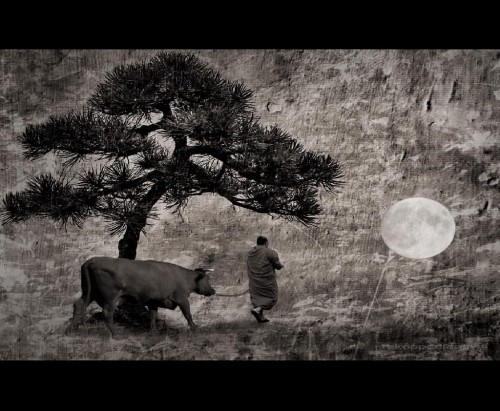
by Daniel Doen Silberberg | Jun 1, 2012 | Zen

Gentling the Bull is the fifth of the Ox- herding pictures which is a series of paintings and associated poems describing the terrain and steps of the Way. The Ox-herding pictures go back to the 8th century and though the progression is presented in a linear fashion, this can never be quite the case. Nevertheless, they intuitively and accurately describe a journey which is timeless.
This practice represented by the fith Ox- herding picture is called “Gentling or taming the Bull.” This is the practice of becoming conscious of the conditioned and mechanical aspects of the self that claim the realization process as theirs and turn buddha-hood into ego-hood.
This gentling stage in the training, which requires objectivity toward oneself and discipline, is difficult and often overlooked to the detriment of students and teachers.
The third stanza of the poem that accompanies the fifth Ox- herding picture is:
In patient training the bull got used to the herdsman and is truly gentle.
Should he now walk into the dust, he no longer gets dirty.
Long and patient gentling! In one sudden plunge the
herdsman has won his whole fortune.
Under the trees, others encounter his mighty laugh.
Gentling the Ox is obtaining power over the conditioned self, not power over others. How sad it is, what folly to mistake this point.
Long and patient gentling. A deep and profound pleasure.
The Ox transforms into a magic horse.












Recent Comments